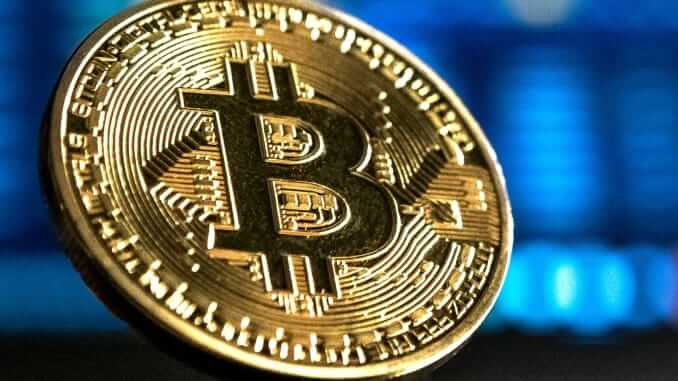In 2017, Bitcoin went on a miraculous skyrocket that took its value to $19,650. One year later, it took a similar but diametrically opposite skydive that took it back to $3,183 , a rise and fall of a huge amount in a very short amount of time (this is a pattern that seems to be very tied to Bitcoin, being seen in 2013, $13.50 to $220 and back; 2015, $850 to $315; and the most famous in 2017, $1,000 to $20,000 and back to $3,500). Bitcoin's trading history makes for a very intriguing story, and one that has been subjected to page upon page of analysis, but it's hardly original: the rest, as they say, is history, and quite literally in this case. The trajectory of Bitcoin mirrored the course of the post-ww2 era East German Mark, which similarly rose and fell by multiples of its value within a year. The more interesting question, and the one with the more interesting answer, is: What's next for our friendly neighbourhood cryptocurrency?

In terms of value, the news is downright boring. According to "experts", Bitcoin is expected to keep trading at its current position, hovering around the $9400-9900 mark but not going outside the $9000-10000 range. This is expected, however, and is actually positive news, given it indicates a longer-term uptrend. In May, Bitcoin went through a "halving". A halving is when, every 210,000 blocks mined, or about every four years, the reward given to Bitcoin miners for processing transactions is cut in half. This cuts in half the rate at which new Bitcoin is released into circulation. This is Bitcoin's way of using a synthetic form of inflation that halves every four years until all Bitcoin is released and is in circulation.
However, this financial conversion rate isn't even the most important conversion rate related to Bitcoin. The reason for its enduring popularity, and its triumph over an objectively better currency like Ethereum, is the conversion rate of its users across the web and the world. Since Bitcoin first spiked to stardom in 2017, the number of cryptocurrency wallets has more than doubled, from less than 15 million in Q1 '17 to almost 35 million in Q1'19. Despite the comparatively non-existent media coverage, this rise is one far more important than the constantly up-and-down exchange rates. Despite its continued reputation as the preferred currency for the dark web, its becoming equally important in almost every privacy-concerned digital transaction, especially when the competitors are owned by "what privacy?" companies like Facebook.
Bitcoin, as the dominant cryptocurrency, and blockchain, as the underlying technology of the same, are very much the technologies of the future that 2017 had declared them to be. As we move further into the age of omniscient mega corps and data-driven living (or life-driven data?), the amount of privacy provided by Bitcoin might become essential. One thing is clear, price fluctuations aside, if Bitcoin's conversion rate falls anytime in the next few years, I'm won't be the only one shocked.